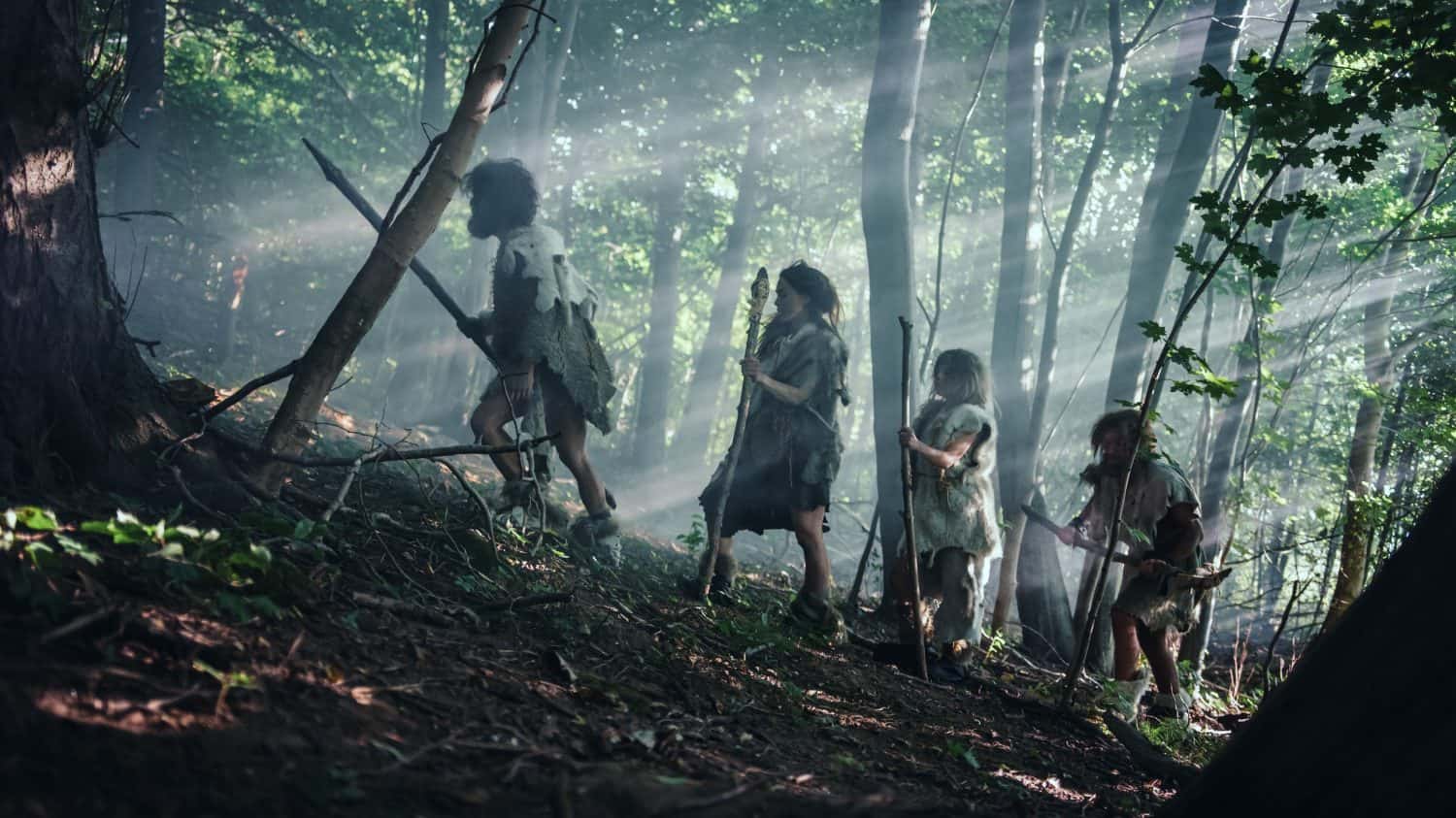
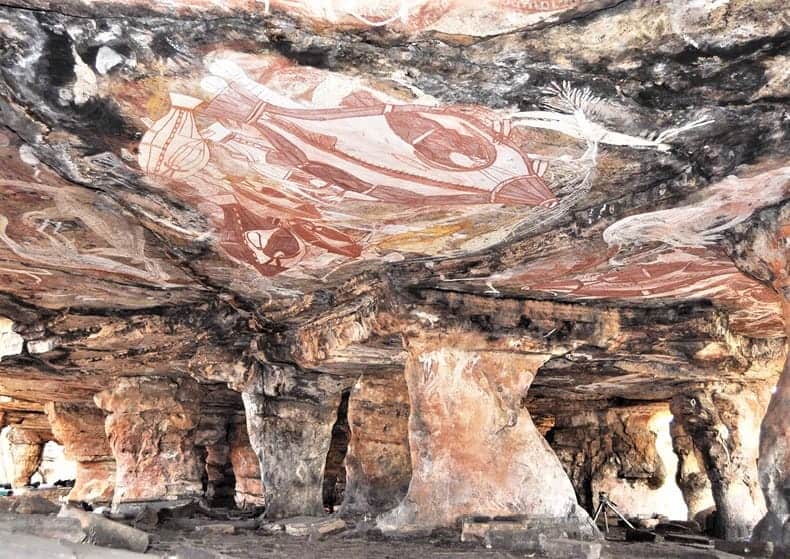
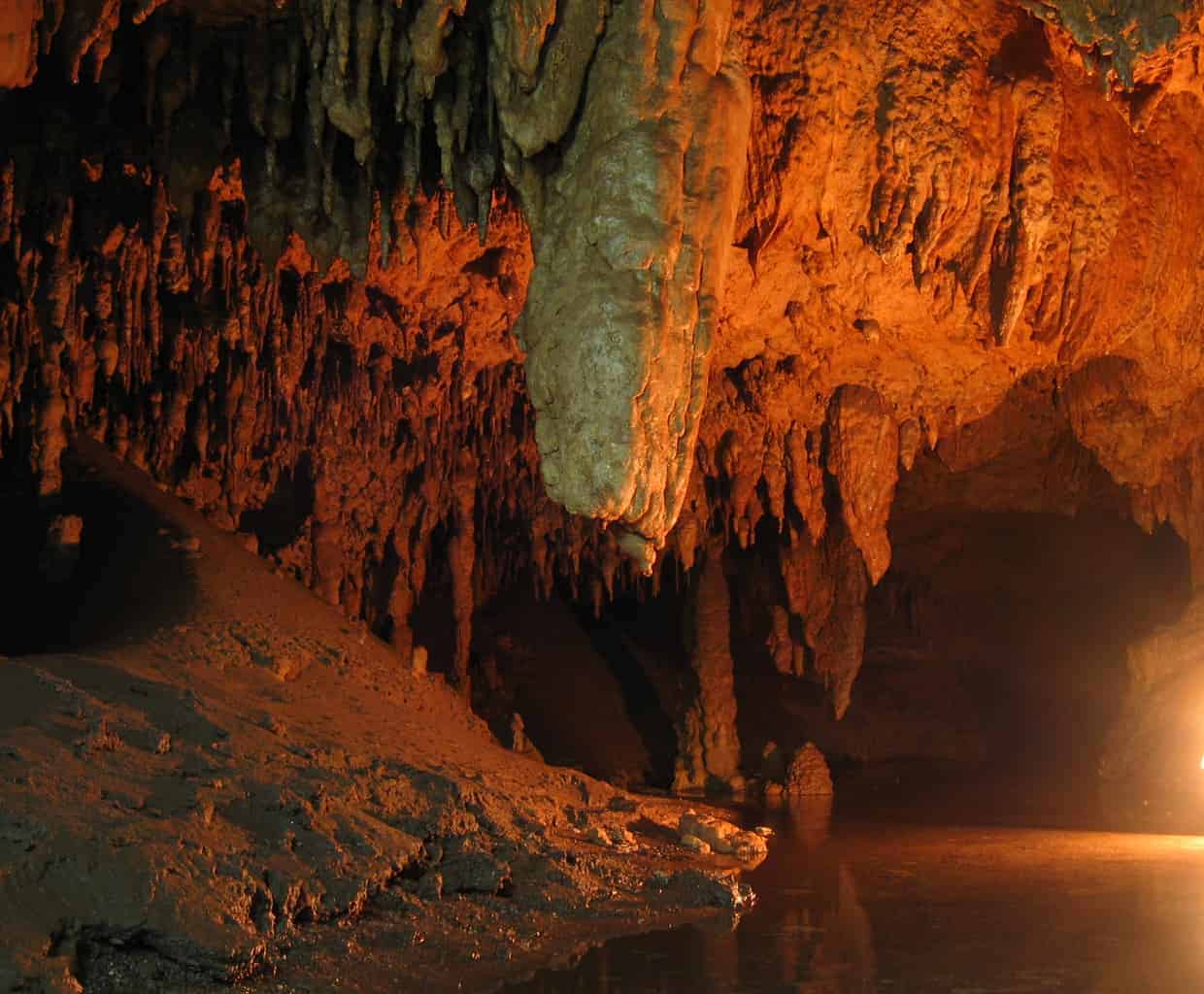
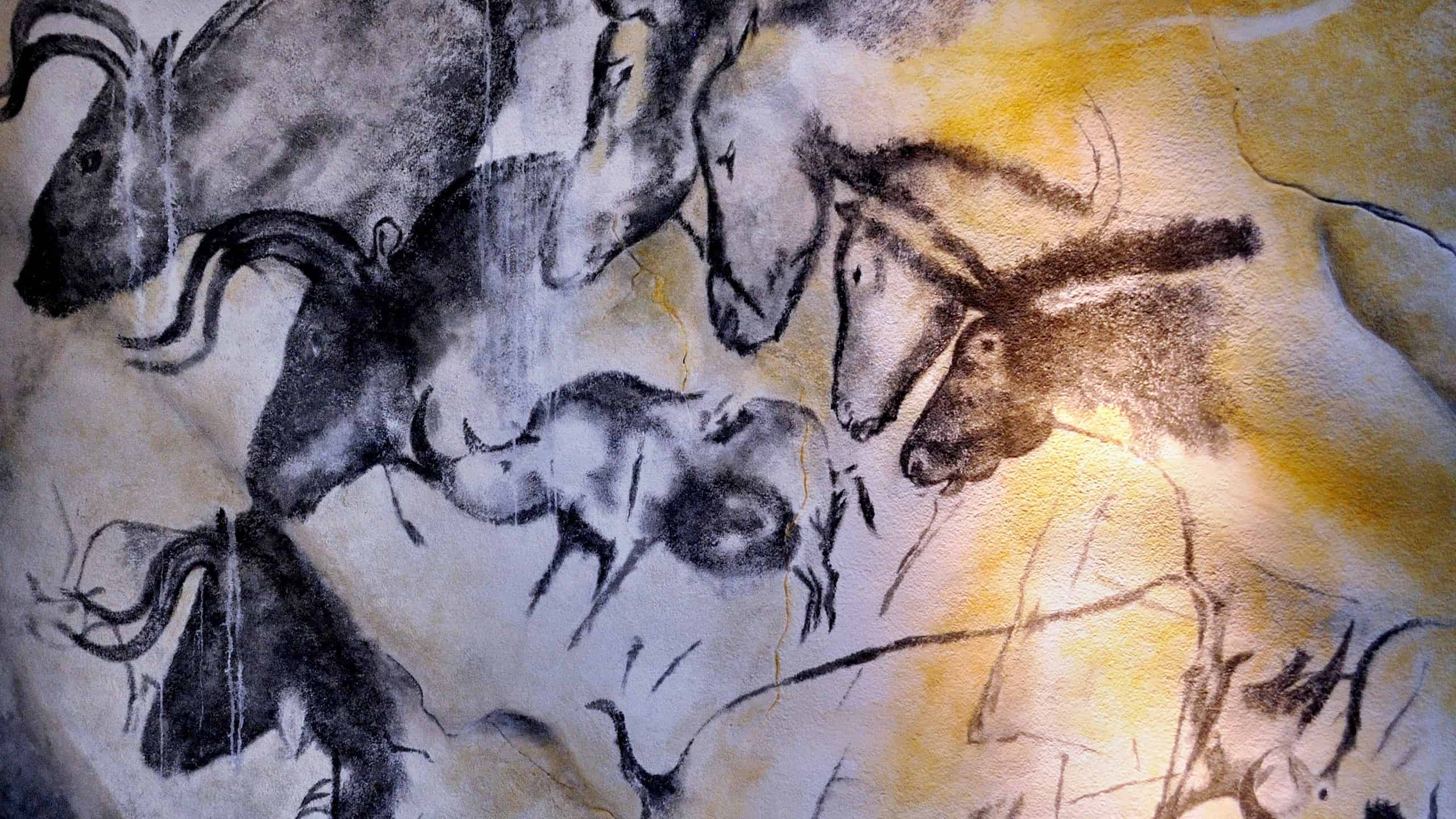
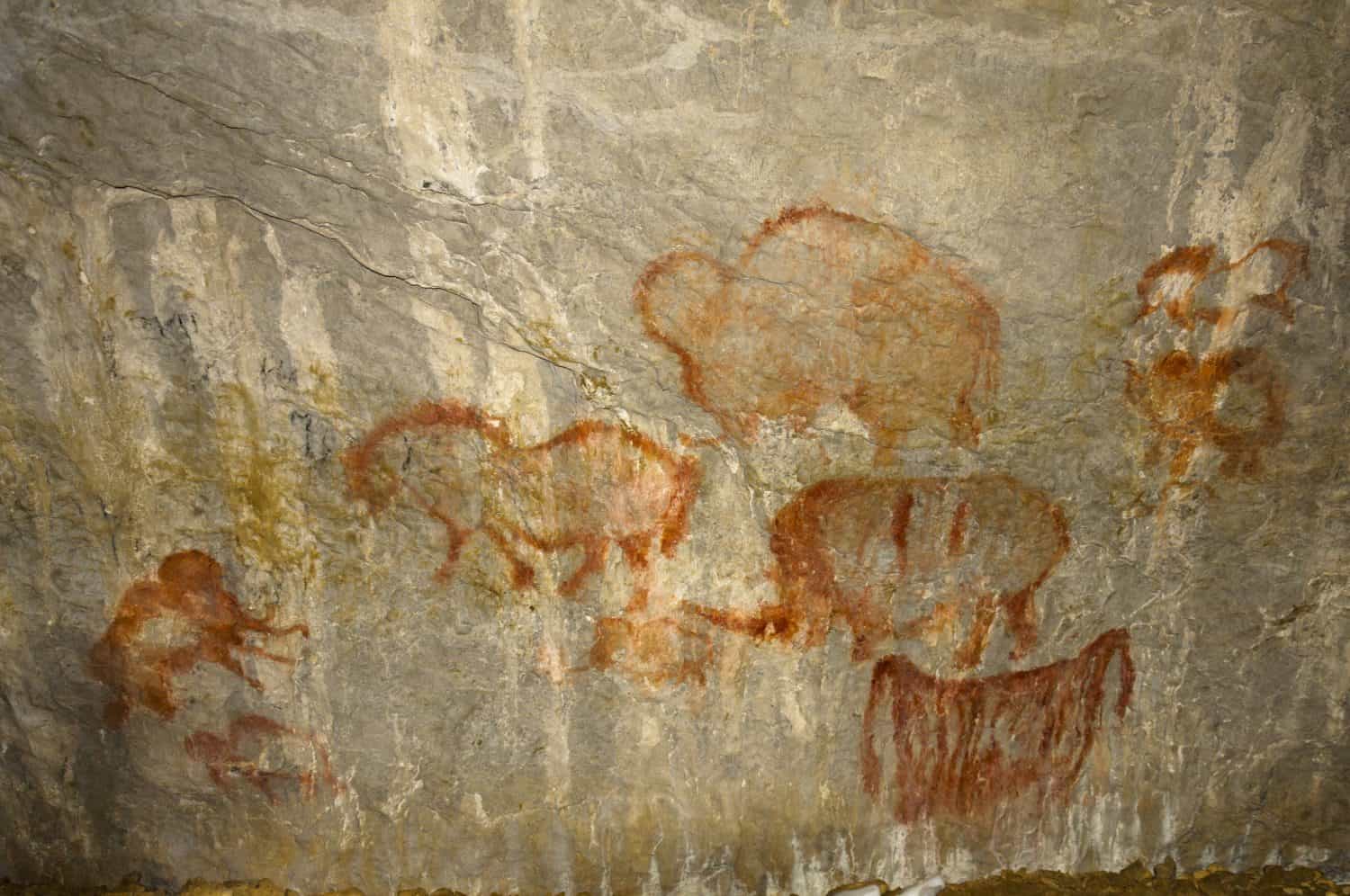
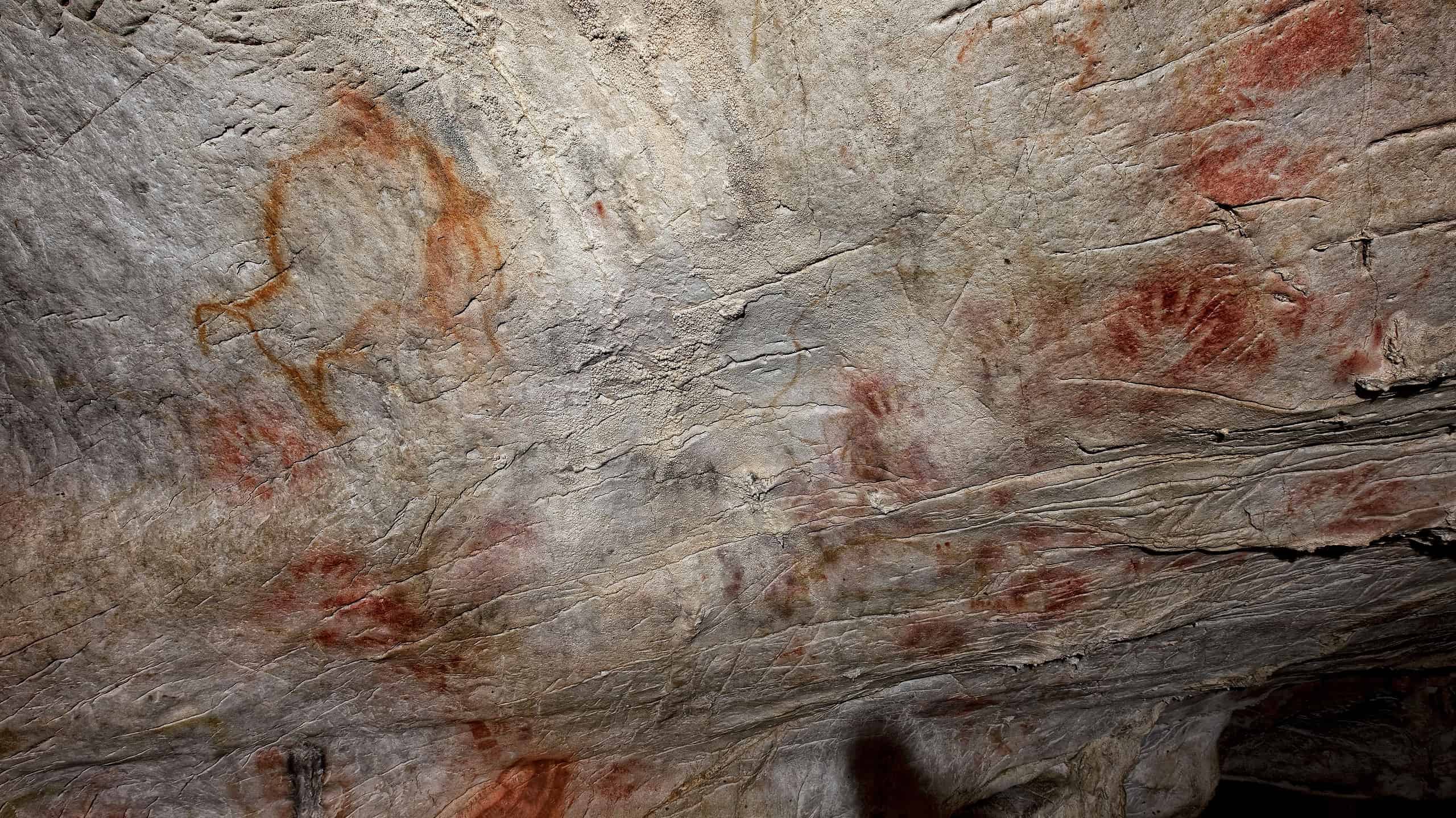
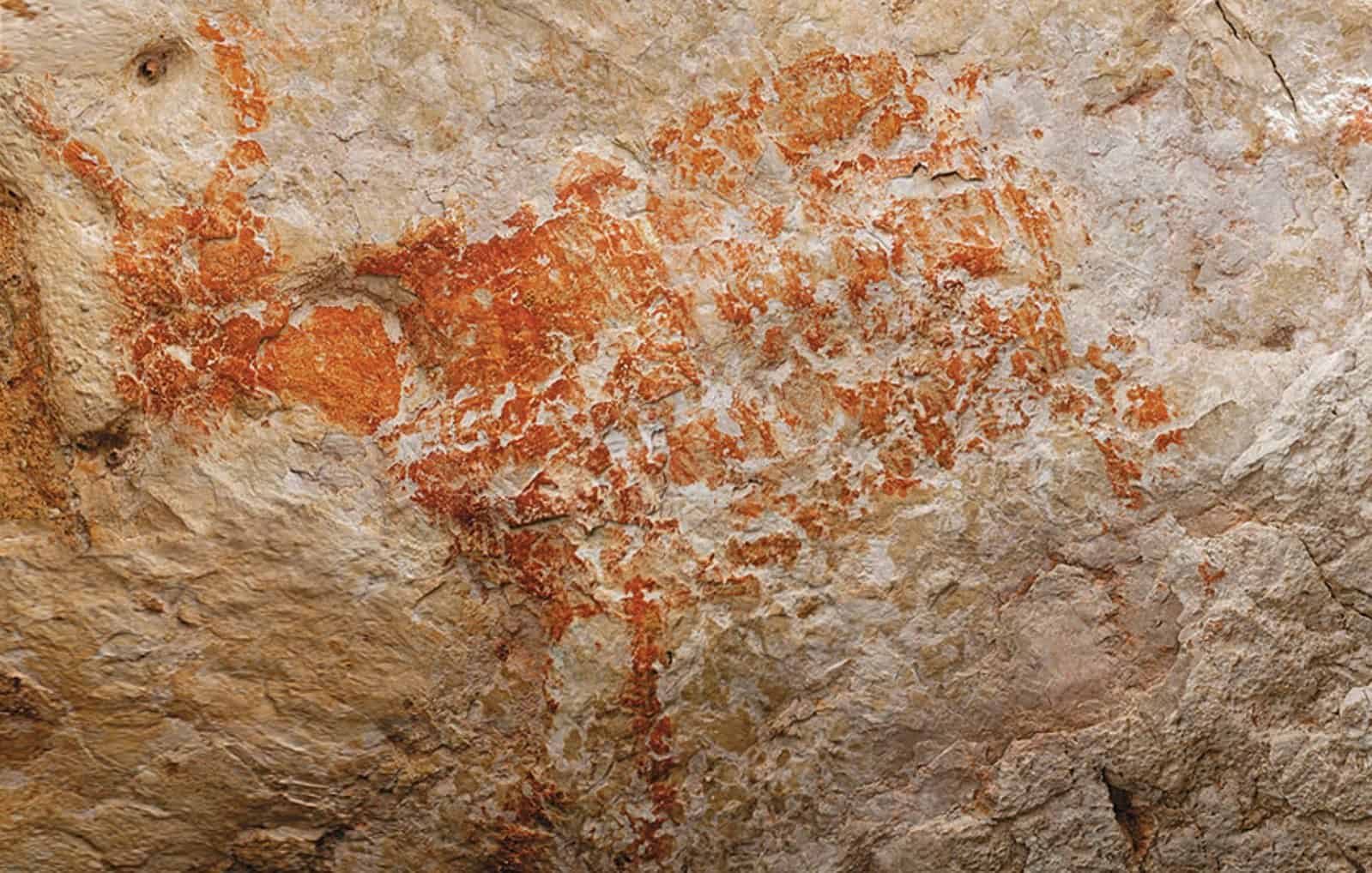
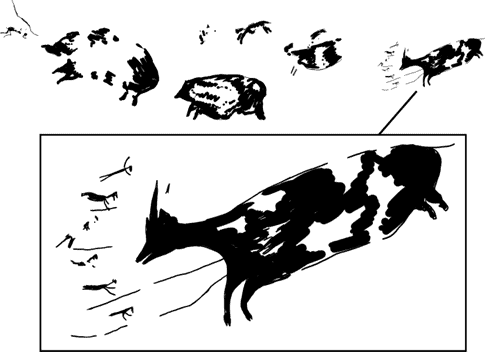
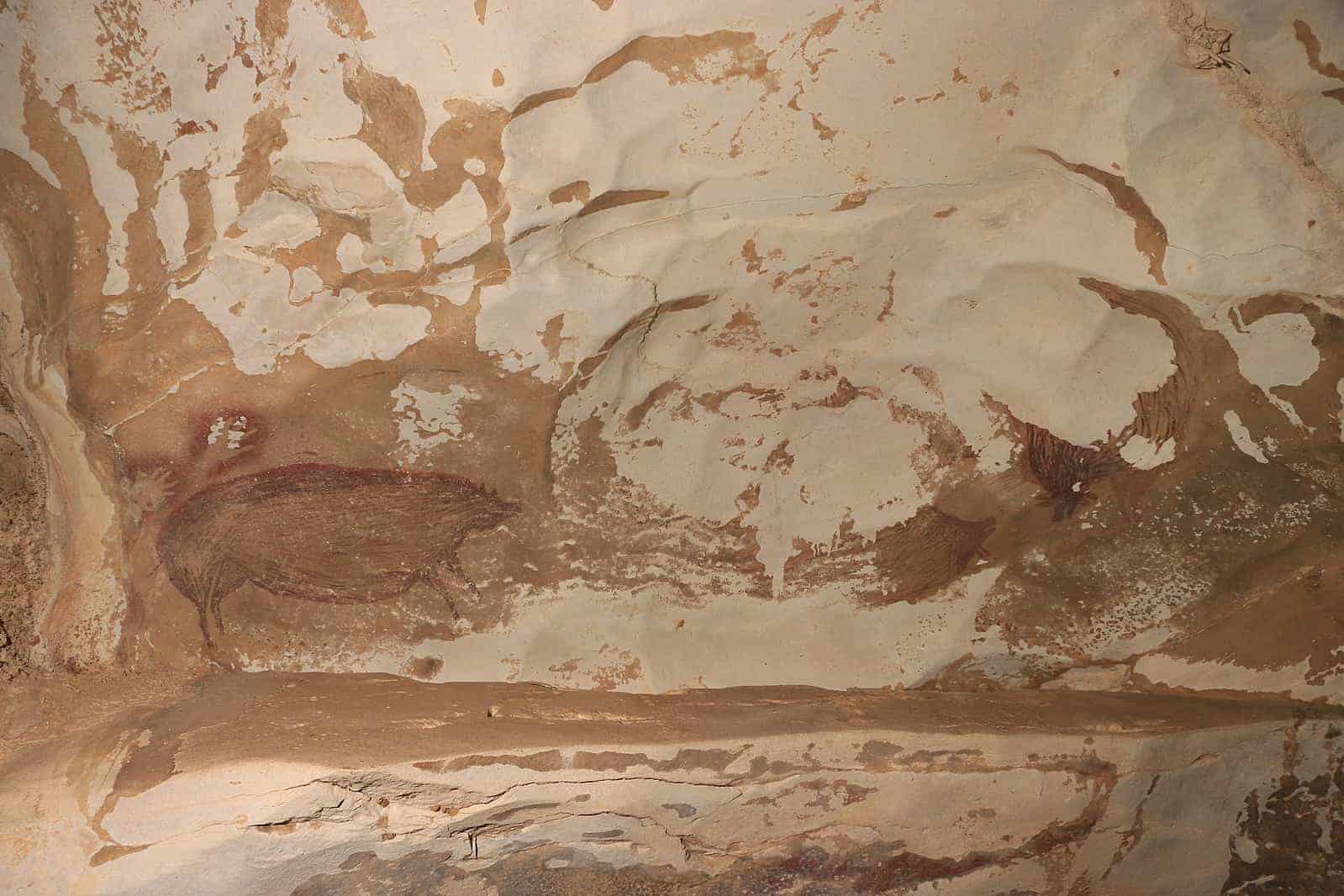
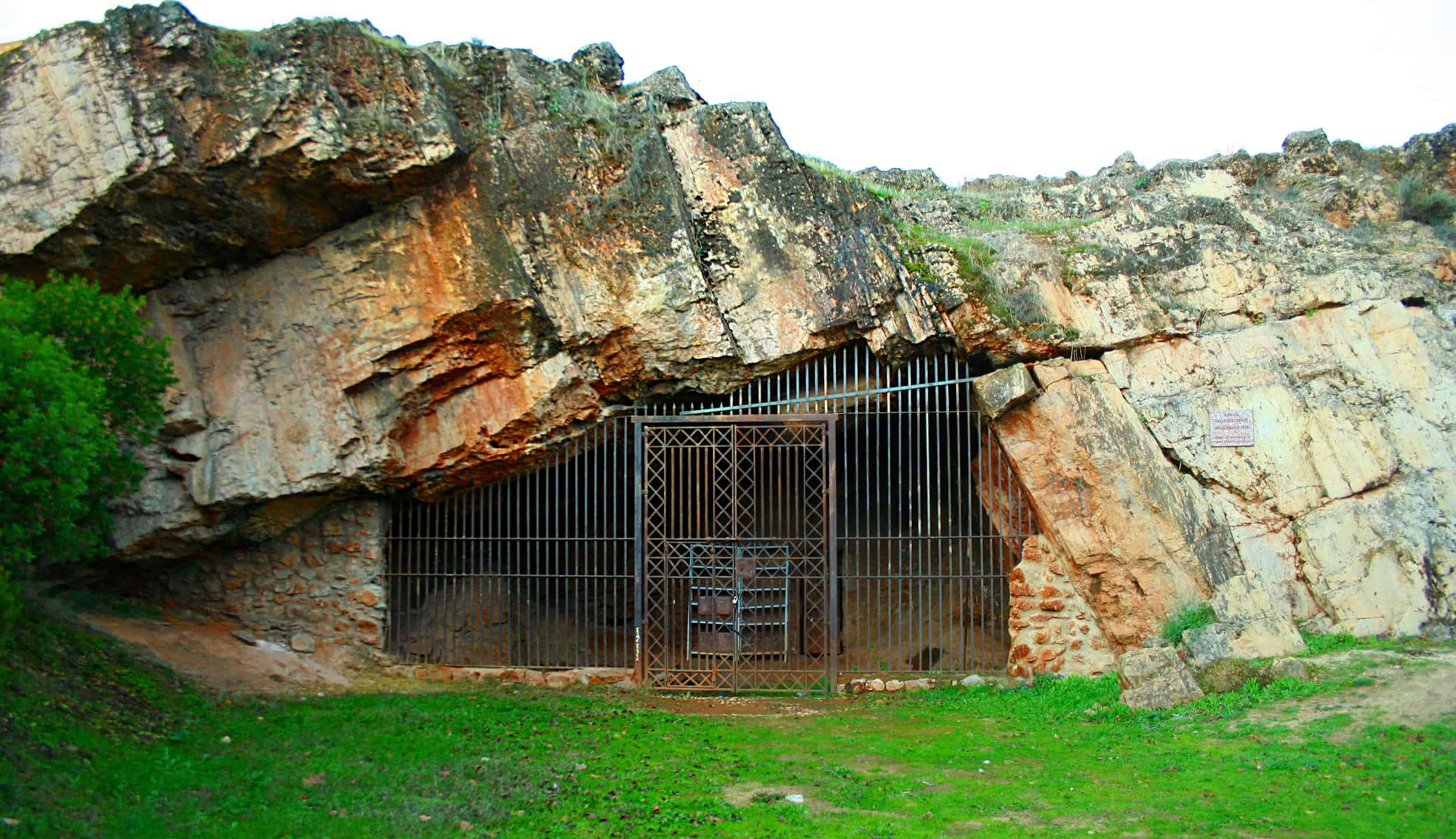
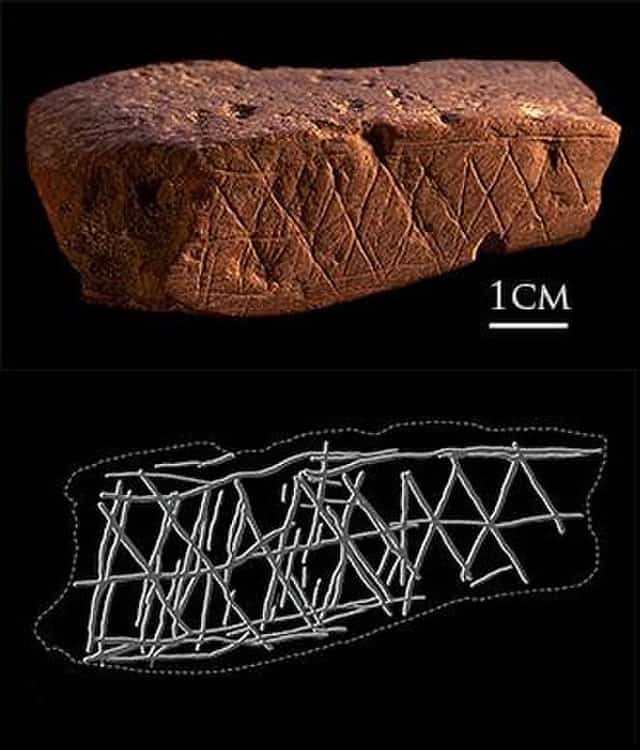






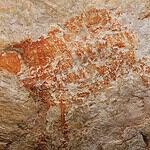
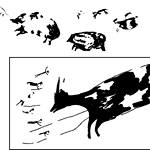
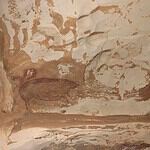


60,000-Year-Old Paintings Reveal a Shocking Truth
If you are interested in the history of humanity, it undoubtedly leads you back to the period when Neanderthals lived. Unfortunately, little is known about how these early humans lived in this era. However, what we do know is often deciphered from cave paintings, some of which are more than 60,000 years old and are easily the earliest examples of artwork.
10. Rock Fragment at Nawarla Gabarnmang
Nawarla Gabarnmang is an Australian cave art site in the Northern Territory. This cave hosts the most ancient cave drawings on the continent. A piece of rock from the decorated ceiling of an outcropping had artificial lines drawn on it that were carbon-dated to at least 28,000 years old, though they may be much older.
Some other drawings at the site show crocodiles, wallabies, Asian sea bass, and people, though not all date back thousands of years.
9. Animals at Coliboaia Cave
Located in Apuseni Natural Park in Romania, the Coliboaia Cave hosts cave paintings that are at least 32,000 years old, though this is debatable. Some scientists think it's impossible to date these drawings because there is so much overlap between images from different periods in the same space.
Some of the animals depicted weren't around in abundance yet compared to the drawings' supposed dates. Nonetheless, the art in the Coliboaia Cave is some of the oldest in Eastern Europe.
8. Figurative Paintings at Chauvet Cave
The Chauvet Cave is in France and contains some of the planet's most well-preserved figurative cave art. While the exact dating of the earliest drawings isn't certain, it's generally accepted that the oldest depictions are around 35,000.
The scenes depicted show movement and interaction between around 13 species of animals alive at the time. While most other caves only show herbivores, the Chauvet drawings depict predators like leopards and the Ice Age spotted hyena.
7. Animals at Kapova Cave
Kapova Cave is in the Southern Urals of Russia and contains drawings that are around 36,000 years old. Over 50 drawings are spread out across four well-decorated chambers.
Some identifiable animals on the walls include rhinoceroses, buffalo, ibex, and mammoth. In addition, there may be drawings of humans or wild animals with human characteristics; however, this is inconclusive.
6. Red Disk at Cueva del Castillo
A cave near Cantabria in Spain has housed humans for around 150,000 years. While there are various artistic pieces within the Cueva del Castillo, the oldest discovered cave drawing is a red disk about 40,000 years old. Scientists could date it because it was covered by a calcite layer that easily gives up its age.
The Red Disk discovery is essential because it demonstrates that humans created cave art in Europe before figurative representations emerged. Because earlier figurative representations exist on other continents, this may show that the ability to abstract ideas into art developed in Africa since the earliest humans disseminated from there. Art may have also emerged simultaneously in various places.
5. Bull at Lubang Jeriji Saleh Cave
Lubang Jeriji Saleh Cave is on the island of Borneo in Indonesia. It was the oldest figurative cave art on earth when it was first discovered. While some outlines of fingers in the cave may be over 52,000 years old, the oldest figurative drawing is that of a Banteng bull, which is 40,000 years old.
The discovery of this set of cave drawings was the first example of ancient cave art that demonstrated the possibility that representative art developed in multiple places. Moreover, it was the piece that provided the shift in academic thinking needed to change the narrative about the evolution of human consciousness.
4. Hunting Scene at Leang Bulu Sipong 4
One of the oldest cave paintings on earth is a hunting scene depicting humans and pigs. Within that scene is a specific warty pig around 43,900 years old.
This scene is in the Maros-Pangkep karst caves in South Sulawesi, Borneo, Indonesia. The name of the specific cave is Leang Bulu Sipong. This cave complex boasts an older drawing in a separate cave, demonstrating some of the earliest figurative art found on Earth.
3. Pig at the Leang Tedongnge Cave
The warty pig in the Leang Tedongnge Cave in the Maros-Pangkep Karst in Indonesia is the oldest example of figurative art on earth. Within this cave complex are other examples of some of the oldest representative art on the planet, including the previous hunting scene described above.
While the cave art in this complex is some of the most ancient, there is substantial evidence of hominid occupation in this karst for almost 200,000 years. However, this drawing is the earliest evidence of Homo sapiens settlement in the wider geographical region.
2. Red Stencil of a Hand in Maltravieso Cave
The oldest cave painting is a hand stencil made by a Neanderthal over 64,000 years ago in the Maltravieso Cave in Cáceres, Spain. Scientists know a Neanderthal made this handprint because Homo sapiens hadn't arrived in the region yet. Modern humans wouldn't live in Spain for another 20,000 years.
This challenges the common misconception that Neanderthals were animalistic and uncomplicated in comparison to Homo sapiens. Before, it was assumed that all Neanderthal culture was inherited by migrating Homo sapiens, as no artistic object predated the arrival of modern people.
1. Rock Lines at Blombos Cave
A rock was found in South Africa at the Blombos Cave. Numerous crossing lines were drawn on it, some of which required wielding a manufactured and precise ochre utensil. The ochre marks are 73,000 years old.
This discovery is important because it shows that early modern humans in South Africa were already capable of creative design before mass migration from the African continent occurred. In the past, most academics believed that Europe was the center of human development.
